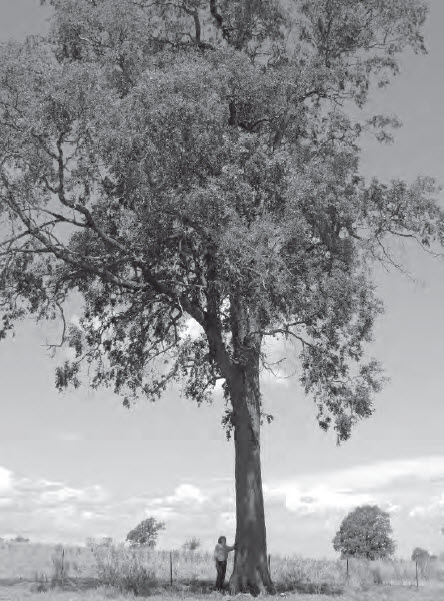With the winter upon us and spring never too far away the threatened species group Gwydir Ark is trying to maximise the opportunities offered by these seasons. Unlike many parts of the world where the winter snows stop many species in their tracks and ensure that only the strongest of many other species will survive the deep-freeze, the temperate zones of the planet are quite different.
Most of Australia remains very active and the Gwydir region like so many others sees abundant bird life, significant flowering and insect activity and continuing mammalian activity. The iconic golds and yellows of the wattles begin to pepper the bush playing host to a wide variety of pollinators.
Whilst European bees can be seen buzzing through the flowers, a variety of flies including hoverflies, various species of ants and even small birds can be seen doing nature’s work of pollinating. Not only important for sustaining many of these animals and providing food for larger predatory species, wattles are valuable nitrogen fixers and much like the impact of legumes in people’s vegie patches, assist in supporting and improving our continent’s ancient and often very poor soils. They are a pioneering species that flourish after bushfires or significant damage to forests and woodlands, and may even colonise grazed paddocks when they are left fallow for extended periods of time.
Often just as striking as the wattles, a variety of other species are coming into flower during this period and Gwydir Ark are lucky to have the local flora expert John Hodge as guide for an event that takes in some very special plants and ecologies on the 6th of August. Another day that will build expertise and capacity within the local citizen science group, the area to be visited boasts the majestic Ooline Tree. Growing up to 35 metres high and 4 metres around the base this tree is now listed as vulnerable, a recognition of the importance of the local plant communities in which it is still found.
Native passionfruit, native peach and a number of other important bush-tucker plants are sprinkled through the timbers of the woodland which also features the ancient semi-evergreen vine thicket.
Where some countries are famous for their blossoming seasons, such as Japan with its internationally recognised Cherry Blossom festivals, there are real advantages in temperate climates for plants to spread out their flowering over longer periods.
To ensure consistent food supplies for pollinators communities of plants ensure that there is always something out in flower. This in turn feeds predators who get ever larger up through the food chain.
Gwydir Shire still hosts some very important patches of rare plant and animal communities. “There is a growing eco-tourism industry and both domestic and international interest in and recognition of the beauty of the Nandewar Ranges, Mount Kaputar National Park and the remarkable, worldclass wildflowers of the Pilliga forests. Gwydir Shire boasts the natural attributes and is well positioned to share some of this blossoming industry, if you’ll pardon the pun.
On top of which, with Australian bush-tucker becoming so favoured by both chefs and enthusiastic amateur cooks around the world many of these rarer natives could soon become highly prized. Not only might this open up new opportunities for farmers and landholders but it also shows why it is so important to understand and preserve areas with high biodiversity and remnant ecologies”, a spokesperson said.
The group will meet at 9:30 on Sunday August the 6th at “Nunga”, Warialda. The adventure will then continue by foot, ably led by John Hodge. The parked cars will make the group easy to find. Sturdy shoes, water and a snack are recommended.
To RSVP and obtain directions to the site please call Shelley on 02 6724 2002
It is also worth mentioning that two local experts who regularly donate their time to Gwydir Ark, John Hodge and local zoologist Alex Dudley, are at Warialda Library Wednesday afternoons where they run a range of fun and educational activities centred on the flora and fauna of the region for kids. It’s free and is designed to suit all ages.




